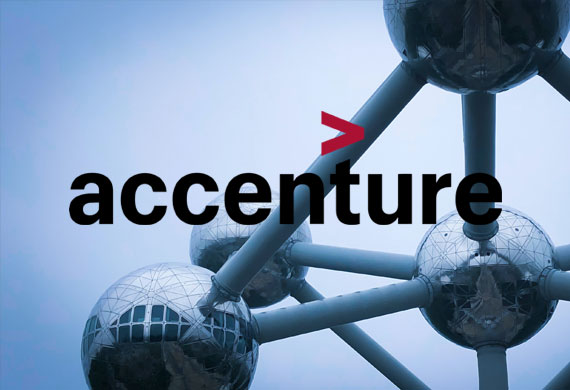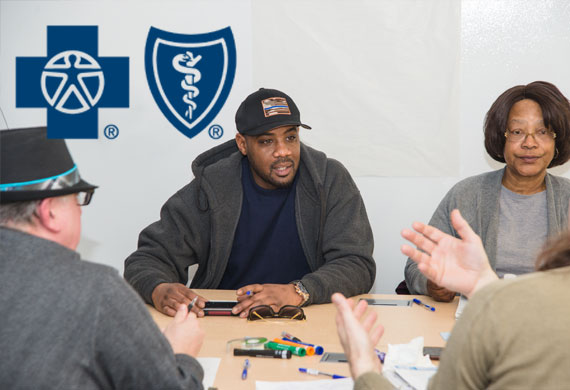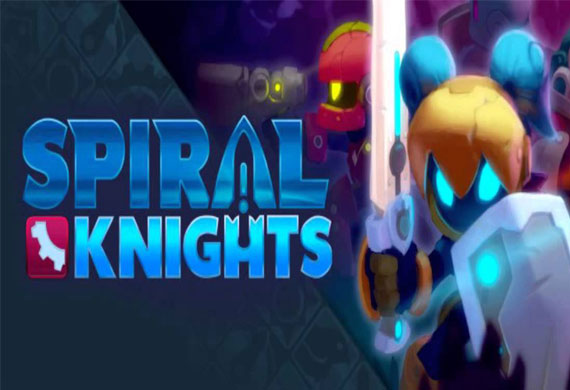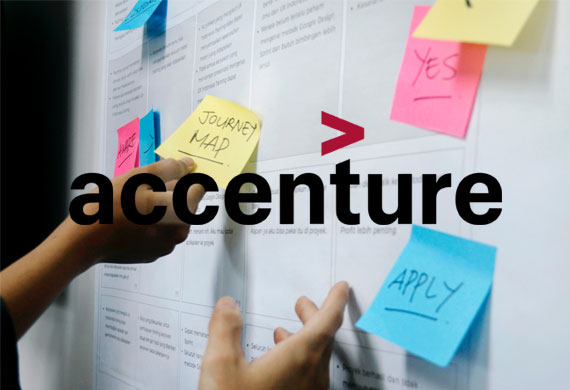-
Google Design Sprints
Blue Cross Blue Shield of MI

-
Atomic Research Database
Accenture

-
Service Design
Accenture

-
User Experience Strategy
Blue Cross Blue Shield of MI

-
Participatory Design
Blue Cross Blue Shield of MI

-
Ethics in Design
Citizen Interaction Design

-
Social Psychology in Games
London School of Economics

-
Lean UX
Accenture


Cross-Cultural Research
Cross-cultural research is a deep passion of mine. On top of it being the focus of my master's degree at LSE, I have also had the opportunity to weave studying the effect of culture in my professional life as well.
The following is a project at Accenture where I was able to use my background in social and cultural psychology and cross-cultural design to help an international client build a system for users to navigate complicated cross-country documentation. The work is currently covered under an NDA so I, unfortunately, cannot disclose the client or go too deeply into certain pieces.
- April 2020 to June 2020
- Service Design, Prototyping, User Research
- Private Sector Client
- Figma, AirTable, Axure, FlowMapp
The Challenge
The client wanted to create a system that would help their end-users navigate and collaborate in an extremely complicated system of regulations and documentation that changed depending on the countries where the users resided.
The end-user was often someone who had little or no experience with the documentation process, so finding a way to make the whole process extremely simple and easy.
This was even further complicated by the fact that client stakeholders themselves were not even sure of all the different regulations and laws influencing the process.
The Who
My Role

User Experience Architect
The Team

Delivery Lead

2 x Developers

2nd Experience Architect

Experience Designer
Finding a Solution
My process for finding a solution to the client's problem can be broken down into the following four steps:
1 Unpack and Map the System
2 Cross-Cultural Usability Tests
3 Non-Western Research
4 Research Driven Prototyping
Unpacking the System
I started by working directly with key project stakeholders to better understand the extremely complex cross-country regulations and internal business rules that comprised the client's ecosystem.
I then created service blueprints to visually document all the different faucets and their connections using Figma. Below are just a few pieces of the much larger blueprint.

The service blueprint mapping helped the rest of my team and the client to better conceptualize the different parts of the system and had the added benefit of identifying potential gaps in the designs before showing them to users.
Cross-Cultural Usability Tests
Once I had mapped the experience enough to understand the system, I started to shift towards setting up usability tests to validate that the designs matched users' expectations.

Cultural Differences
As the product would be used by people across the world, testing needed to be done with users from more than just the United States to make sure that the designs translated across cultures.
Budgetary and time restrictions meant that testing would have to be completed in English, so recruitment was limited to the United States and the United Kingdom.
While both the United States and the United Kingdom are WEIRD countries and not dramatically different in terms of culture, recruiting from the United Kingdom as well gave slightly more cultural diversity in the results.
Usability Testing
Between the other researcher and myself, we conducted fifteen usability tests in total over two weeks across both the US and the UK. The aim of the usability tests were not only to identify issues with the designs, but also to determine if certain features were attractive to users.
While the usability test findings were not dramatically different between the US and UK, they did point out cultural differences in language, especially around dates, and showed how Brexit affected workflows in the UK.

Non-Western Cultures Research
The client had planned to do another round of testing with participants from the US, Germany, and China to test the desirability of different features in each cultural marketplace, but they did not want to localize the designs.

I advised the client on the pitfalls of such an approach above and beyond the sampling bias created by picking English speakers in non-English speaking countries.
For example, our designs were built on Western ideals of minimalism which showed users only a few actions at a time.
This could cause friction in other cultures that prefer to have a more visible information architecture that gives them all their options up front.
The Bollywood Technique
I also introduced the team to the Bollywood Technique borrowed from A Book Apart's excellent book Cross-Cultural Design.
The Bollywood Technique would be a great tool to elicit feedback during research in cultures where criticism was culturally inappropriate.

Research Driven Prototyping
Using the findings from the cross-cultural research, I also rapidly created an Axure prototype which was underpinned by complex logic and could dynamically adjust to user input.

The Outcomes
My work on this project was instrumental to its success in two distinct ways.
First, the findings from the usability tests across two countries helped the team identify issues in the proposed designs so we could develop a solution that better fit the end-user's expectations.
Additionally, the Axure prototype also helped the client get buy-in from key stakeholders inside their organization by conveying a very complicated design idea in a way that was more approachable and easier to for them to visualize.
The Learnings
This project gave me a great opportunity to work with recruiting agencies in a cross-country user recruit. It gave me a great insight into the product management side of things!
Skills Developed
- Working with Recruiting Agencies
- Product Management
Skills Enhanced
- Cross-Cultural User Research
- Rapid Prototyping